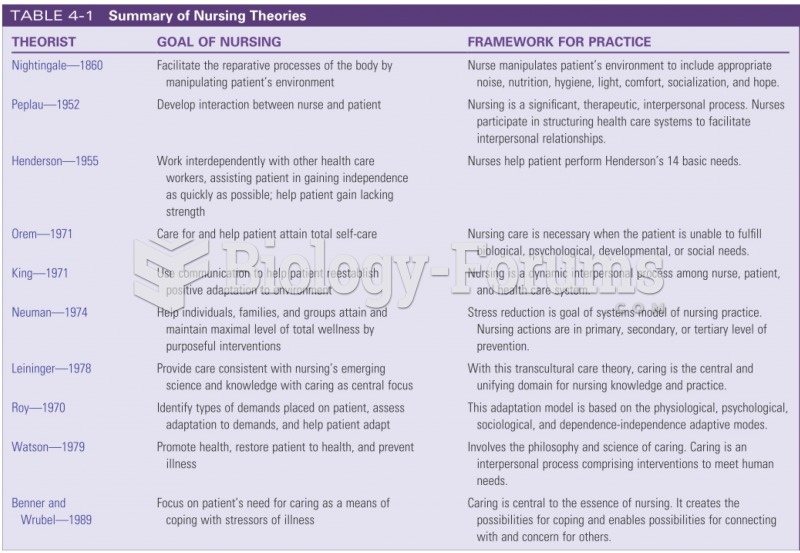This topic contains a solution. Click here to go to the answer
|
|
|
Did you know?
Drugs are in development that may cure asthma and hay fever once and for all. They target leukotrienes, which are known to cause tightening of the air passages in the lungs and increase mucus productions in nasal passages.
Did you know?
People about to have surgery must tell their health care providers about all supplements they take.
Did you know?
There are approximately 3 million unintended pregnancies in the United States each year.
Did you know?
Illicit drug use costs the United States approximately $181 billion every year.
Did you know?
Symptoms of kidney problems include a loss of appetite, back pain (which may be sudden and intense), chills, abdominal pain, fluid retention, nausea, the urge to urinate, vomiting, and fever.







